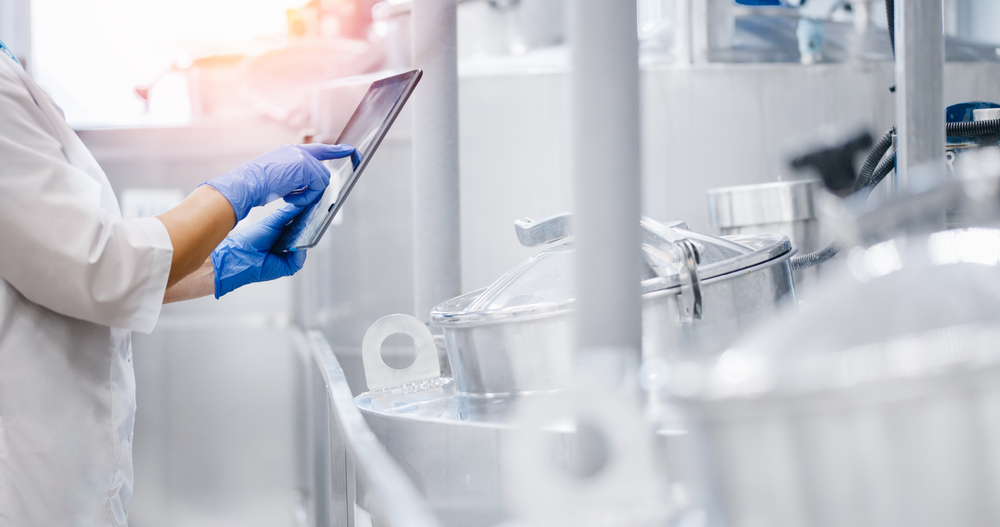
Challenges and needs must be addressed by adopting a unified and integrated vision. On one hand, there is the need to look towards the future and with a broad view, by projecting the own choices on scenarios and challenges in a wider way. In this way, it is possible to realize a new digital transformation path, more consistent and resilient. On the other hand, is necessary to develop the insights and goals of strategic and prospective type, into concrete and better actions for the own operational reality. In this way, the latter becomes an active part of a system of change.
Process and Product Innovation
The shift to the Industry 4.0 is a moment of deep change and innovation capable to disrupt all the sectors.
The industry 4.0 is considered as a new Industrial Revolution that appears to be even more disruptive of the previous ones. It is seen as such because it is born from the convergence of the IT and OT technologies to create a digital unicum.
The Industry 4.0 has impacts on technology, on data, and on information, on human resources and as well on control systems.
In this way, the innovation of the process, during the las years, has conquered a fundamental role for the development of the agri-food sector, particularly in the ambits of traceability and food safety.
The investments in technologies 4.0 enable the development of the Circular Food Economy. Furthermore, the digital innovations in the agri-food chain guarantee the sustainability, reduce of waste, more efficiency and improvements in the processes.
Transparency and traceability are two priorities that accumulate the producers and consumers. Thanks to the technology and the usage of the blockchain, every agri-food chain can acquire more instruments and methods of monitoring of the production process, with purpose of tracing products to guarantee high quality and safety standards.
The innovations that the Industry 4.0 brings with itself are important to implement in order to innovate the productive process, and to increase the speed and the reaction capacity compared to the needs and the market changes.
The control and process innovation must be subordinate not only to productive and efficiency logics, but as well to healthiness, sustainability, and traceability.
Needs
Supply chains involved:
Supply chains involved:
Supply chains involved:
Supply chains involved:
Supply chains involved:
Supply chains involved:
Supply chains involved:
Supply chains involved:
Supply chains involved:
Supply chains involved:
Supply chains involved:
Supply chains involved:
Learn more and find out how to address the needs of agrifood
in the Digital Food Conferences webinar cycle.
Learn more